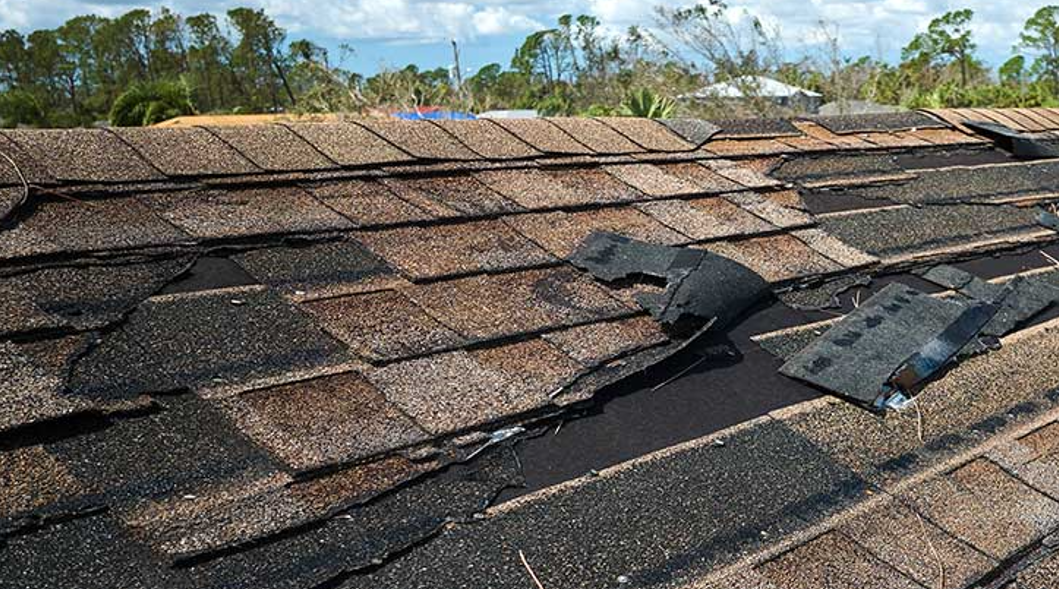Weather exposure, aging, improper installation, tree damage, and lack of maintenance are common causes of roof shingles coming loose. Elements like wind, rain, and extreme temperatures weaken shingles over time. As shingles age, they become brittle and prone to cracking. Improper installation compromises structural integrity, making shingles more likely to detach. Trees with overhanging branches or falling debris can cause direct damage. Without routine maintenance, minor issues can escalate, leading to premature shingle loss. Consulting an expert metal roofing team in Rhode Island can help homeowners prevent these problems and maintain a durable roof.
Weather Exposure
Continuous exposure to the elements can cause shingles to loosen or detach. Strong winds may lift shingles, creating gaps that allow rain to seep in and weaken the adhesive underneath. Heavy rainfall can contribute to moisture buildup, which leads to rotting of the underlying structure. Extreme temperature fluctuations also play a role, as the constant expansion and contraction of roofing materials reduce their durability over time. Regular inspections and maintenance can help identify and address issues early, ensuring the roof remains intact and capable of protecting the structure beneath it.
Aging and Wear
Over time, roof shingles naturally deteriorate due to exposure to the sun, wind, and precipitation. Prolonged UV exposure causes shingles to fade and weaken, making them more susceptible to cracking. Seasonal temperature fluctuations contribute to expansion and contraction, loosening the shingles’ grip on the roof. Rain, snow, and accumulated debris wear away the protective granules on the shingles, leaving them vulnerable to damage. Routine inspections and timely repairs can help homeowners extend the lifespan of their shingles and prevent premature replacement.
Improper Installation
If shingles are not installed correctly, they are more likely to detach, leading to leaks and structural damage. Failure to follow manufacturer guidelines or local building codes can result in inadequate securing, poor alignment, or improper layering. Weakly secured shingles are vulnerable to wind uplift, while misalignment creates points of water penetration that may lead to mold or rot. Incorrect layering can hinder proper water drainage, accelerating shingle deterioration. Hiring experienced roofing professionals ensures proper installation, reducing the risk of premature damage and detachment.
Tree Damage
When trees grow near a roof, their branches can pose a serious threat to shingles if left unchecked. While trees enhance a property’s landscape, improper maintenance can result in significant roof damage. Some of the most common issues include:
- Branch Scratches: Overhanging branches may rub against shingles, gradually wearing away their protective surface and making them more vulnerable to the elements.
- Leaves and Debris Buildup: Fallen leaves and twigs can collect on the roof, trapping moisture and increasing the risk of deterioration over time.
- Branch Impact: During storms or strong winds, loose or weakened branches can snap and fall onto the roof, leading to immediate structural damage.
Regular tree maintenance, such as trimming overhanging limbs and clearing debris, helps reduce the risk of roof damage and extends the lifespan of your shingles.
Lack of Maintenance
Neglecting roof maintenance can lead to shingle deterioration and eventual detachment. Small issues, such as minor cracks or loose shingles, can worsen if left unaddressed. Debris accumulation and excessive moisture contribute to rot, weakening the shingles’ hold on the roof. Regular cleaning, timely repairs, and proper ventilation are crucial to maintaining roof integrity. Homeowners who invest in routine maintenance can extend the life of their shingles and avoid costly repairs down the line.
Other related posts:








